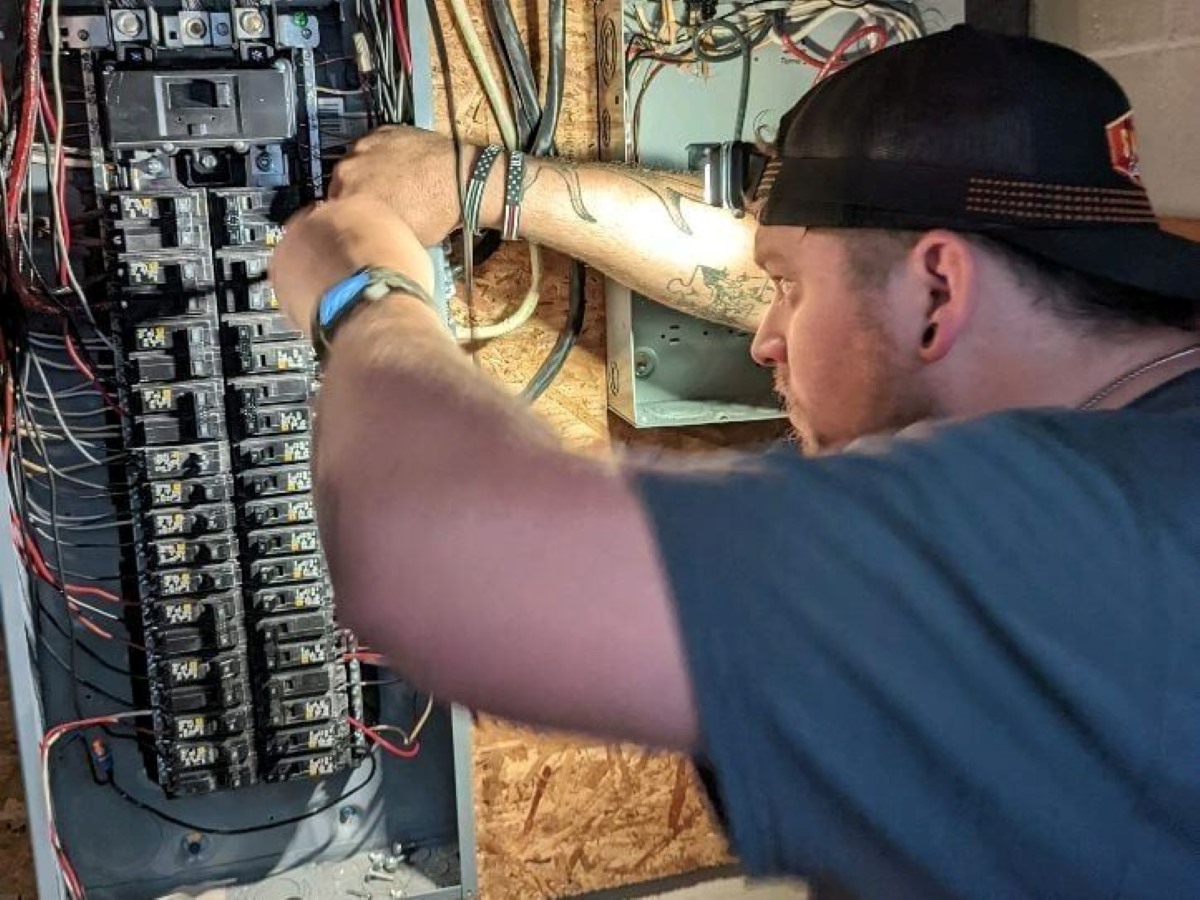

Articles
Where Are Arc-Fault Breakers Required In 2020
Modified: December 7, 2023
Learn about the latest requirements for arc-fault breakers in 2020. Find informative articles on how to ensure electrical safety in your home.
(Many of the links in this article redirect to a specific reviewed product. Your purchase of these products through affiliate links helps to generate commission for Storables.com, at no extra cost. Learn more)
Introduction
Welcome to the world of electrical safety! In today’s technologically advanced society, electricity plays a vital role in our everyday lives. From powering our homes to charging our devices, electricity has become an indispensable part of modern living. However, with the convenience and benefits of electricity also come potential hazards.
Electrical fires pose a significant risk, causing property damage, injuries, and even loss of life. The good news is that advancements in electrical safety technology have led to the development of arc-fault breakers, designed to mitigate the risk of electrical fires caused by arcing faults. In this article, we will dive into the world of arc-fault breakers, their purpose, and where they are required.
Understanding and implementing arc-fault breakers is crucial not only for homeowners but also for electrical contractors, builders, and anyone involved in electrical installations. By adhering to the appropriate safety standards, we can ensure that our homes and buildings are protected from the dangers of electrical fires.
So, let’s embark on this journey to explore arc-fault breakers and uncover where they are required according to the National Electrical Code (NEC). With a clear understanding of these requirements, we can take the necessary steps to enhance electrical safety in our living spaces.
Key Takeaways:
- Arc-fault breakers, mandated by the NEC, are crucial for preventing electrical fires in residential areas. From bedrooms to kitchens, their installation enhances safety, but exceptions and exemptions should be considered.
- Proper installation, testing, and maintenance of arc-fault breakers are essential for optimal functionality. Adhering to NEC requirements and consulting licensed electricians ensures long-term electrical safety.
Read more: Where Are Arc Fault Breakers Required?
Understanding Arc-Fault Breakers
Before we delve into where arc-fault breakers are required, let’s first understand what they are and why they are essential for electrical safety. An arc-fault breaker, also known as an arc-fault circuit interrupter (AFCI), is a device designed to detect and mitigate the risks posed by electrical arcing faults.
An electrical arc is an unintended flow of electric current through the air, resulting from damaged or deteriorated wiring, loose connections, or other electrical faults. Arcing faults can generate intense heat, sparks, and even flames, which can lead to electrical fires. This is where arc-fault breakers come into play.
Arc-fault breakers work by continuously monitoring the electrical current flowing through a circuit. They are designed to detect the unique waveforms and patterns associated with arcing faults. When an arc-fault is detected, the breaker quickly interrupts the flow of electricity to prevent the potential fire hazard.
One of the key benefits of arc-fault breakers is their ability to differentiate between harmless arcing, such as that produced by switches or appliances, and dangerous arcing that can lead to fires. By incorporating advanced technologies, such as microprocessors and algorithms, arc-fault breakers offer a high level of accuracy in detecting hazardous arcing conditions.
Now that we have a basic understanding of arc-fault breakers and how they function, let’s explore the advantages they bring to the table:
- Fire Prevention: The primary purpose of arc-fault breakers is to prevent electrical fires caused by arcing faults. By detecting and interrupting potential fire hazards, these devices significantly enhance electrical safety in residential and commercial spaces.
- Code Compliance: Arc-fault breakers are necessary to comply with the safety requirements outlined in the National Electrical Code (NEC). Being up-to-date with the latest electrical codes not only ensures the wellbeing of occupants but also avoids potential legal and insurance issues.
- Early Detection: The ability of arc-fault breakers to detect arcing faults in their early stages provides a crucial advantage. By identifying and addressing electrical issues before they escalate into full-blown fires, arc-fault breakers contribute to overall fire prevention and protection.
- Flexible Application: Arc-fault breakers can be used in new installations or retrofitted into existing electrical systems. This versatility allows for enhanced electrical safety across various residential and commercial settings.
Now that we have a solid understanding of arc-fault breakers, their purpose, how they work, and the benefits they offer, let’s explore the specific requirements set forth by the National Electrical Code.
National Electrical Code (NEC) Requirements
When it comes to electrical installations and safety standards, the National Electrical Code (NEC) is widely recognized as the authoritative source in the United States. The NEC provides comprehensive guidelines and regulations to ensure the safe and efficient use of electricity in residential, commercial, and industrial settings.
Let’s explore the key aspects of NEC requirements related to arc-fault breakers:
Overview of NEC
The NEC is updated every three years by the National Fire Protection Association (NFPA) to incorporate the latest advancements in electrical technology and address emerging safety concerns. It serves as a benchmark for electrical codes that are adopted and enforced by local jurisdictions across the country.
NEC Article 210.12: Arc-Fault Circuit-Interrupter Protection
NEC Article 210.12 specifically addresses the use of arc-fault circuit-interrupters (AFCIs) for electrical installations. It requires the use of AFCIs to protect branch circuits in dwelling units, which include residential homes, apartments, and condominiums.
According to NEC 210.12, AFCI protection is mandated for all outlets supplying power in bedrooms. This includes both new construction and renovations.
Read also: 14 Amazing Arc Fault Breakers for 2024
NEC 2020 updates related to Arc-Fault Breakers
The NEC is regularly updated to incorporate new technologies and safety measures. The most recent version of the NEC, released in 2020, introduced several updates regarding the installation and application of arc-fault breakers.
One significant change in the 2020 NEC is the expansion of AFCI requirements. In addition to bedrooms, the 2020 edition now mandates AFCI protection in more areas of residential dwellings, including living rooms, family rooms, dining rooms, kitchens, kitchenettes, laundry areas, hallways, and stairways. These updates aim to provide enhanced protection against electrical fires in common living spaces.
Scope and Application of NEC Requirements
It is important to note that the NEC is adopted by individual states and local jurisdictions. While the Code sets the minimum requirements, local authorities may have additional or modified regulations. Therefore, it is essential to consult the specific electrical codes and regulations in your area to ensure compliance.
It is also worth mentioning that NEC requirements may vary based on the type of occupancy. Commercial and industrial buildings may have different guidelines compared to residential dwellings. It is crucial to consult the appropriate sections of the NEC that pertain to your specific project.
By adhering to the NEC requirements related to arc-fault breakers, electrical professionals and homeowners can ensure compliance with the highest safety standards, promoting electrical safety and fire prevention.
Residential Areas Requiring Arc-Fault Breakers
Now that we have an understanding of the NEC requirements for arc-fault breakers, let’s take a closer look at the specific residential areas where these devices are required for enhanced electrical safety. Here are some common residential areas that typically require arc-fault breakers:
Bedrooms
Bedrooms are a critical area where the installation of arc-fault breakers is mandatory according to the NEC. With the presence of electrical devices such as lamps, chargers, and bedside clocks, bedrooms are prone to electrical arcing faults that can pose a fire hazard.
Read more: Why Do Arc Fault Breakers Trip
Living Rooms and Family Rooms
The living room and family room are spaces where families gather for leisure and relaxation. These areas often have numerous electrical outlets and devices, such as televisions, gaming consoles, and home entertainment systems. To ensure the safety of these common living spaces, the NEC requires the use of arc-fault breakers.
Dining Rooms
Dining rooms may have overhead lighting fixtures, chandeliers, or electrical outlets for plugging in buffet warmers or other devices. Since dining areas are not exempt from the risk of arcing faults, the NEC mandates the use of arc-fault breakers in dining rooms to prevent electrical fires.
Kitchens and Kitchenettes
Kitchens and kitchenettes are areas where electrical appliances and cooking equipment are in frequent use. With the potential for loose electrical connections or damaged wiring, arc-fault breakers play a crucial role in preventing electrical fires in these high-risk areas.
Laundry Areas
Laundry areas, including laundry rooms or utility spaces, have electrical outlets for washing machines, dryers, and other laundry equipment. The presence of electrical devices and the possibility of laundry-related electrical arcing necessitate the implementation of arc-fault breakers to enhance safety.
Hallways and Stairways
Hallways and stairways are often overlooked when it comes to electrical safety. However, these areas often have lighting fixtures and electrical outlets. Since they serve as pathways and high traffic areas within a residence, the NEC requires arc-fault breakers to prevent potential fire hazards.
Sunrooms and Enclosed Porches
Sunrooms and enclosed porches are popular areas for relaxation and enjoying natural light. These spaces typically have electrical outlets and may include lighting fixtures or even portable heating or cooling units. To ensure the safety of these areas, arc-fault breakers are required.
It is important to note that the specific requirements for arc-fault breakers may vary based on local codes and regulations. Therefore, it is always recommended to consult the applicable electrical codes and work with a licensed electrical professional to ensure compliance with the safety guidelines in your area.
Exceptions and Exemptions
While arc-fault breakers are essential for enhancing electrical safety in residential areas, there are certain exceptions and exemptions to the requirement of their installation. Let’s explore the limitations on arc-fault breaker requirements and situations where they may not be required.
Limitations on Arc-Fault Breaker Requirements
The NEC recognizes that there may be limitations or challenges in certain situations that prevent the installation of arc-fault breakers. Some of the limitations on arc-fault breaker requirements include:
- Space Limitations: In some cases, the available space inside an electrical panel may not be sufficient to accommodate the installation of arc-fault breakers. However, efforts should be made to maximize space utilization and provide the necessary protection where feasible.
- Obsolete Electrical Systems: Older homes with outdated electrical systems may not have the necessary features or capacity to accommodate arc-fault breakers. In such cases, it is recommended to consult with a licensed electrician to assess the feasibility of upgrading the electrical system to meet current safety standards.
Read more: What Do Arc Fault Breakers Do
Situations where Arc-Fault Breakers may not be required
While arc-fault breakers are generally required to enhance electrical safety, there are a few situations where they may not be necessary:
- Non-Dwelling Units: The NEC focuses primarily on dwellings, such as residential homes, apartments, and condos, for mandatory arc-fault breaker installation. Non-dwelling units, such as commercial buildings or industrial facilities, may have different regulations and requirements.
- Exemptions in Specific Areas: Some jurisdictions may have specific exemptions or variations in their electrical codes regarding the installation of arc-fault breakers. It is crucial to consult the local electrical codes and regulations to determine the exact requirements for your area.
- Minor Electrical Alterations and Repairs: In some cases, minor electrical alterations or repairs that do not involve the replacement or extension of existing circuits may not require the installation of arc-fault breakers. However, it is important to consult with a licensed electrician to ensure compliance with safety standards.
It is important to keep in mind that even though certain exceptions and exemptions may apply, prioritizing electrical safety is paramount. Whenever possible, it is advisable to install arc-fault breakers to minimize the risk of electrical fires and ensure the wellbeing of occupants.
Always consult with a licensed electrician or electrical professional to assess your specific situation and determine the best course of action to maintain a safe electrical environment.
Installation and Maintenance of Arc-Fault Breakers
Proper installation and regular maintenance of arc-fault breakers are crucial for their effective operation and ensuring long-term electrical safety. Let’s explore the key considerations for the installation, testing, and maintenance of arc-fault breakers.
Proper Installation Procedures
When installing arc-fault breakers, it is essential to follow proper procedures to ensure their optimal performance. Here are some guidelines for the installation process:
- Consult the manufacturer’s instructions and adhere to the specific guidelines provided.
- Turn off the power supply before working on any electrical installation.
- Ensure that the arc-fault breaker matches the electrical panel and is compatible with the existing wiring.
- Connect the breaker to the appropriate circuit according to the manufacturer’s instructions.
- Verify that the breaker is firmly seated in the electrical panel and properly aligned with the bus bar.
- Double-check the wiring connections to ensure they are secure and properly tightened.
- Follow all local electrical codes and regulations during the installation process.
Testing and Maintenance Guidelines
Regular testing and maintenance are essential to ensure the continued functionality of arc-fault breakers. Here are some testing and maintenance guidelines to follow:
- Periodically test the arc-fault breaker according to the manufacturer’s recommendations. This includes both functional testing to ensure the device is detecting and interrupting arc faults, as well as simulated arcing testing using specialized equipment.
- Perform routine visual inspections to check for any signs of damage, corrosion, or wear on the breaker itself and the wiring connected to it.
- Test the residual current devices (RCDs) and ground fault circuit interrupters (GFCIs) integrated into the arc-fault breakers to ensure they are functioning correctly.
- Keep the area around the electrical panel clean and free from obstructions or debris to facilitate proper cooling and ventilation.
- If any issues or faults are detected during testing or inspections, consult a licensed electrician for further evaluation and necessary repairs.
Common Issues and Troubleshooting
While arc-fault breakers are designed to provide enhanced electrical safety, they can encounter certain issues. Here are some common issues and troubleshooting tips:
- Tripping or False Positives: If an arc-fault breaker frequently trips or falsely detects an arc fault, it may indicate a wiring issue, loose connection, or compatibility problem. Consult a licensed electrician to investigate and resolve the issue.
- Compatibility Issues: Ensure that the arc-fault breaker is compatible with the specific electrical panel and wiring system in your home. In cases of incompatibility, consulting an electrician can help identify appropriate alternatives.
- Electrical Interference: Some electronic devices or appliances may generate electrical noise that can interfere with the proper functioning of arc-fault breakers. Consider relocating or isolating such devices to minimize interference.
- Outdated Breakers: If the arc-fault breakers are outdated or do not meet the latest safety standards, it is advisable to replace them with newer and more advanced models that comply with current regulations.
Maintaining proper installation procedures, performing regular testing, and promptly addressing any issues or faults will help ensure the optimal performance and reliability of arc-fault breakers, thereby enhancing electrical safety in your home or building.
Conclusion
With the ever-increasing reliance on electricity in our homes and buildings, it is essential to prioritize electrical safety. Arc-fault breakers play a crucial role in enhancing electrical safety by detecting and preventing electrical fires caused by arcing faults.
Throughout this article, we have explored the definition, purpose, and benefits of arc-fault breakers. We have also delved into the requirements set forth by the National Electrical Code (NEC), which mandate the installation of arc-fault breakers in specific residential areas.
From bedrooms to living rooms, kitchens to laundry areas, and even hallways and stairways, arc-fault breakers are essential for mitigating the risk of electrical fires in our most frequented living spaces.
While it is crucial to adhere to the NEC requirements, it is equally important to be aware of exceptions and exemptions that may apply in certain situations. Consultation with a licensed electrician or electrical professional is key to ensuring compliance and making informed decisions based on local codes and regulations.
Proper installation, testing, and regular maintenance are vital for the effective operation of arc-fault breakers. By following the recommended installation procedures, conducting routine inspections, and addressing any issues or faults promptly, we can maintain the optimal functionality of arc-fault breakers and enhance electrical safety in our homes and buildings.
Remember, electrical safety is not something to be taken lightly. By incorporating arc-fault breakers and adhering to the applicable safety standards and guidelines, we can significantly reduce the risk of electrical fires and ensure the wellbeing of occupants.
Whether you are a homeowner, electrical contractor, or building professional, make it a priority to understand and implement the necessary measures to enhance electrical safety. By doing so, we can create a safer environment for ourselves and future generations.
Frequently Asked Questions about Where Are Arc-Fault Breakers Required In 2020
Was this page helpful?
At Storables.com, we guarantee accurate and reliable information. Our content, validated by Expert Board Contributors, is crafted following stringent Editorial Policies. We're committed to providing you with well-researched, expert-backed insights for all your informational needs.
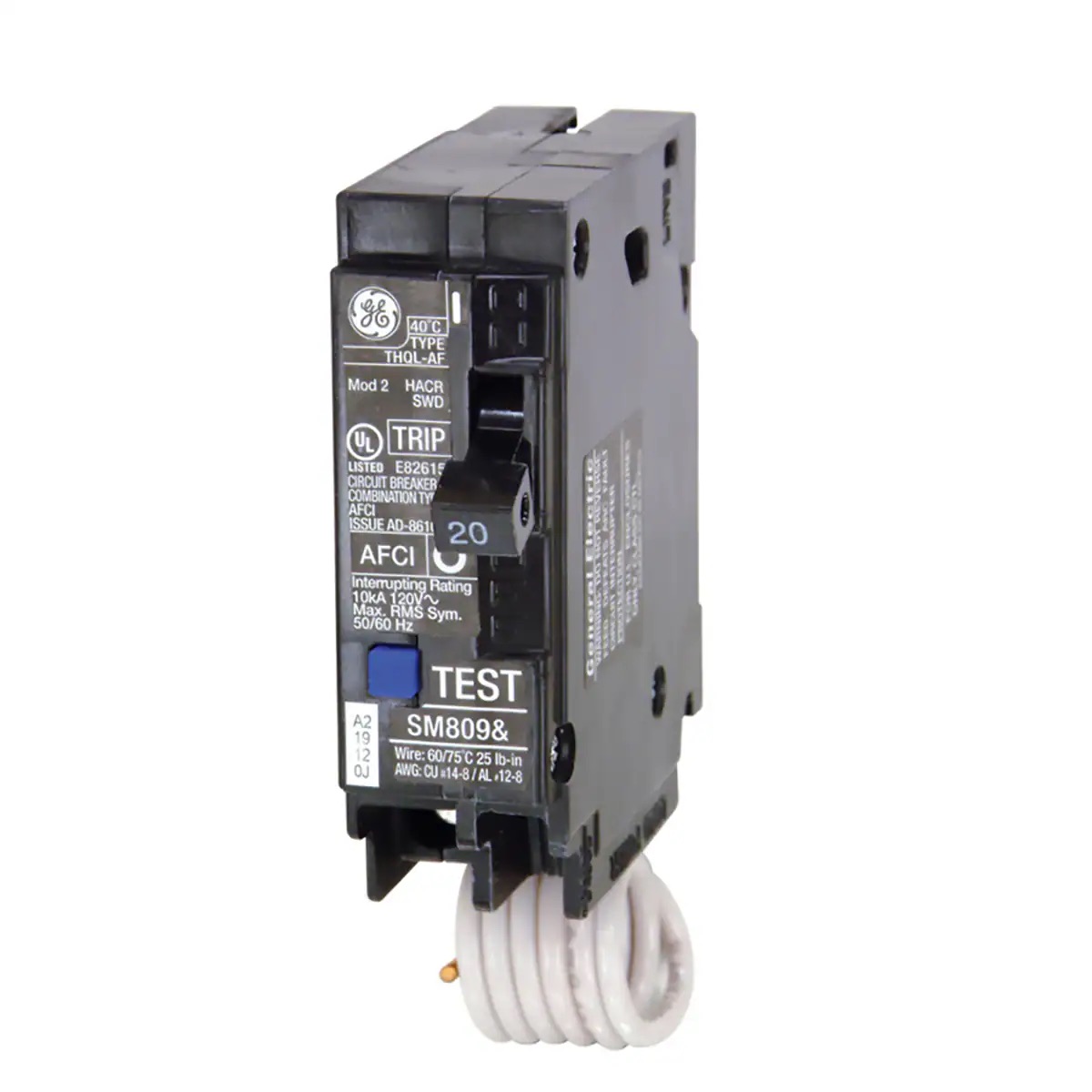
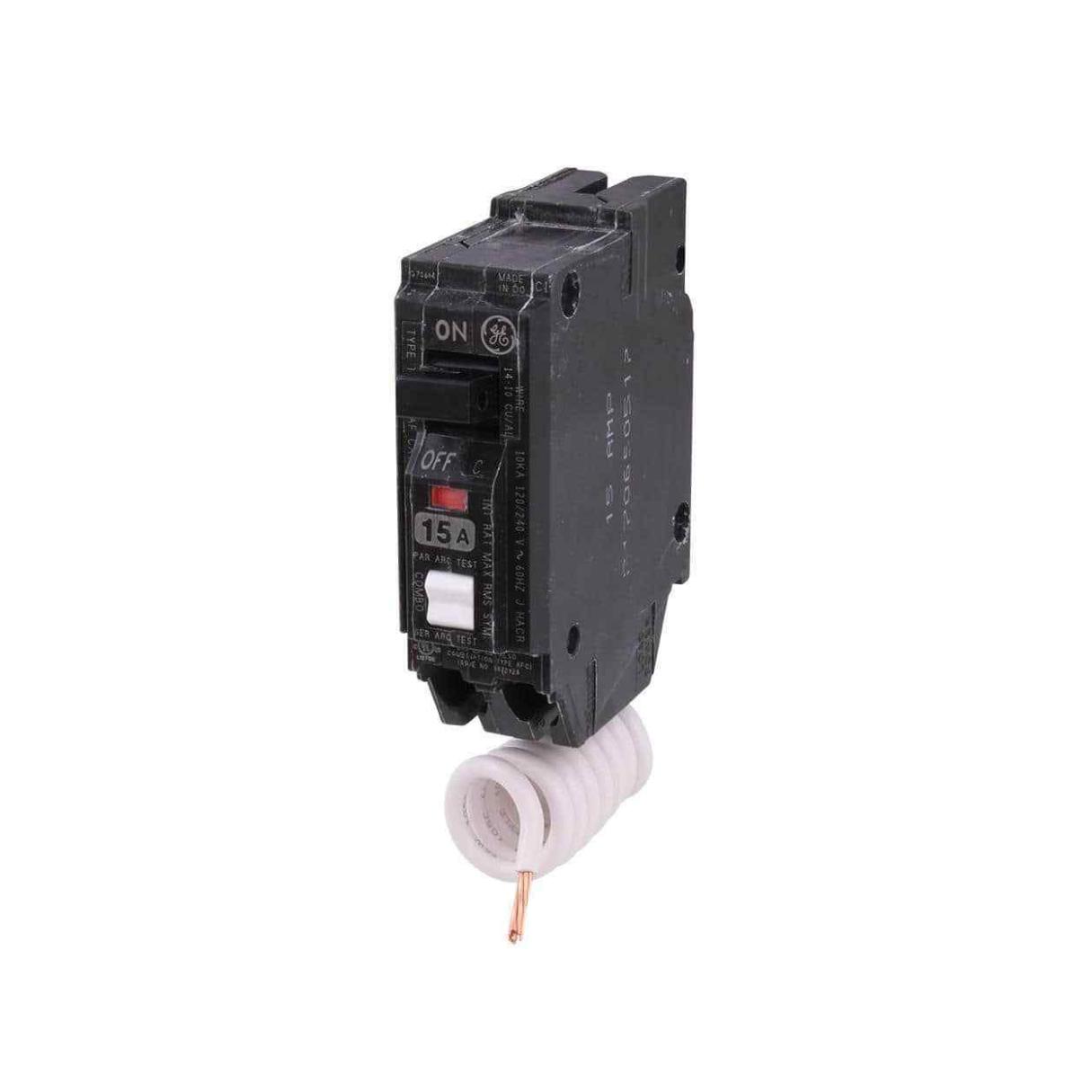
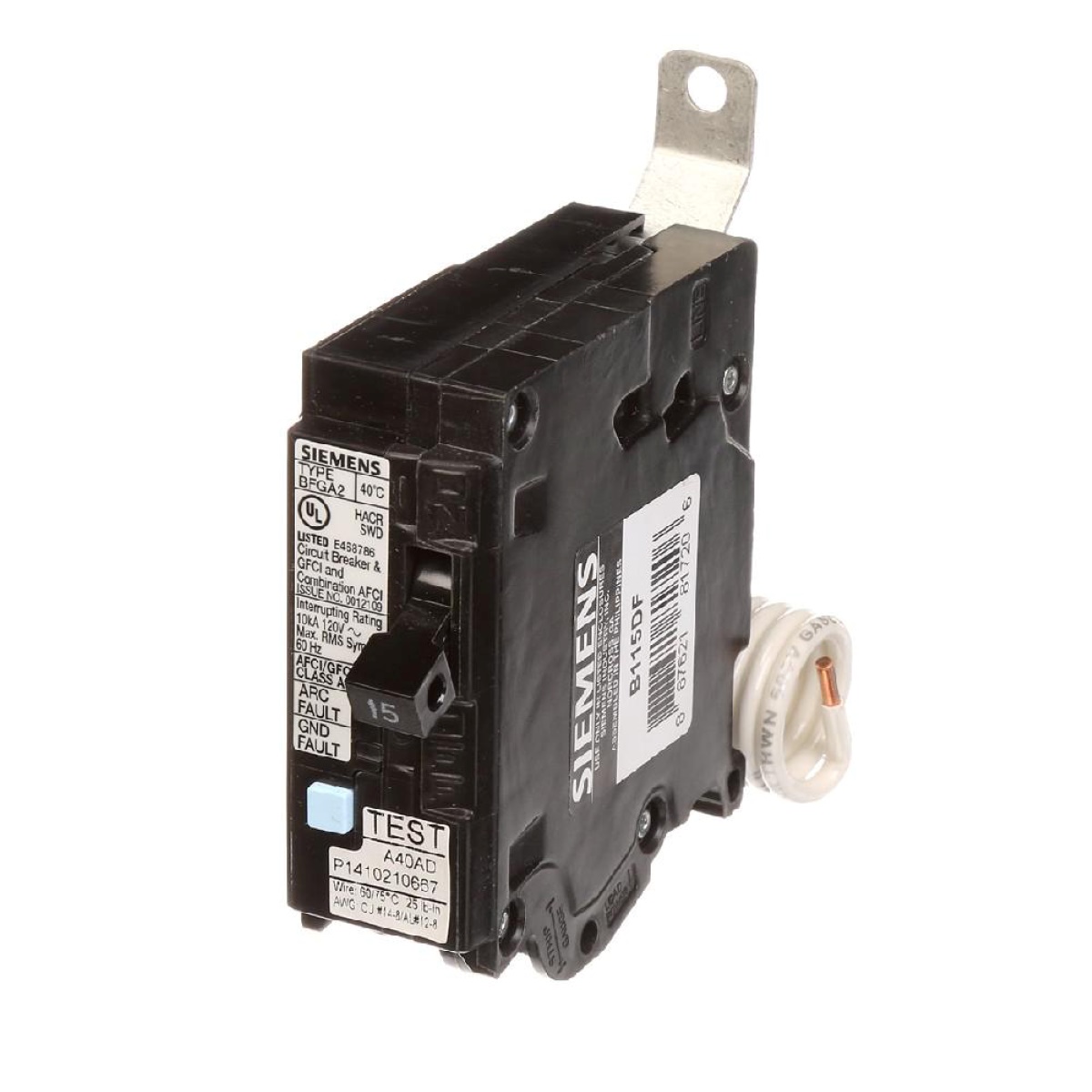
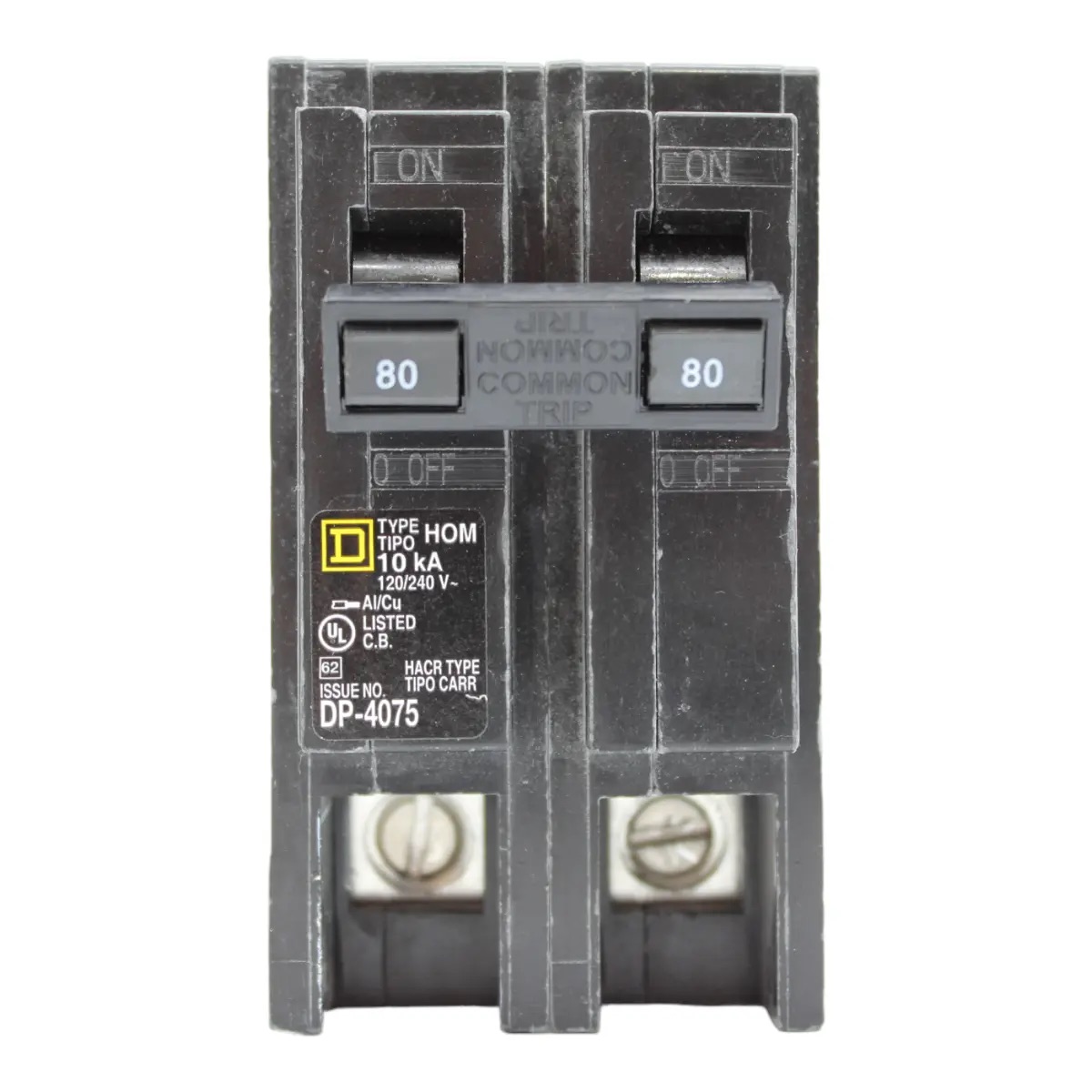
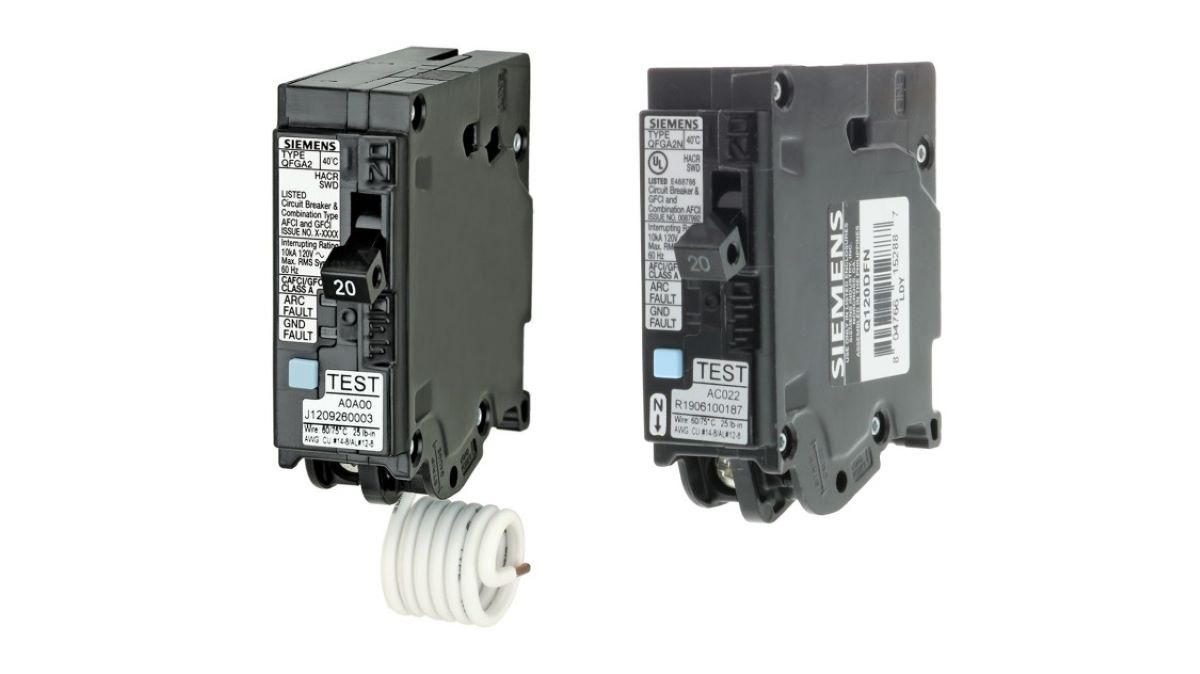
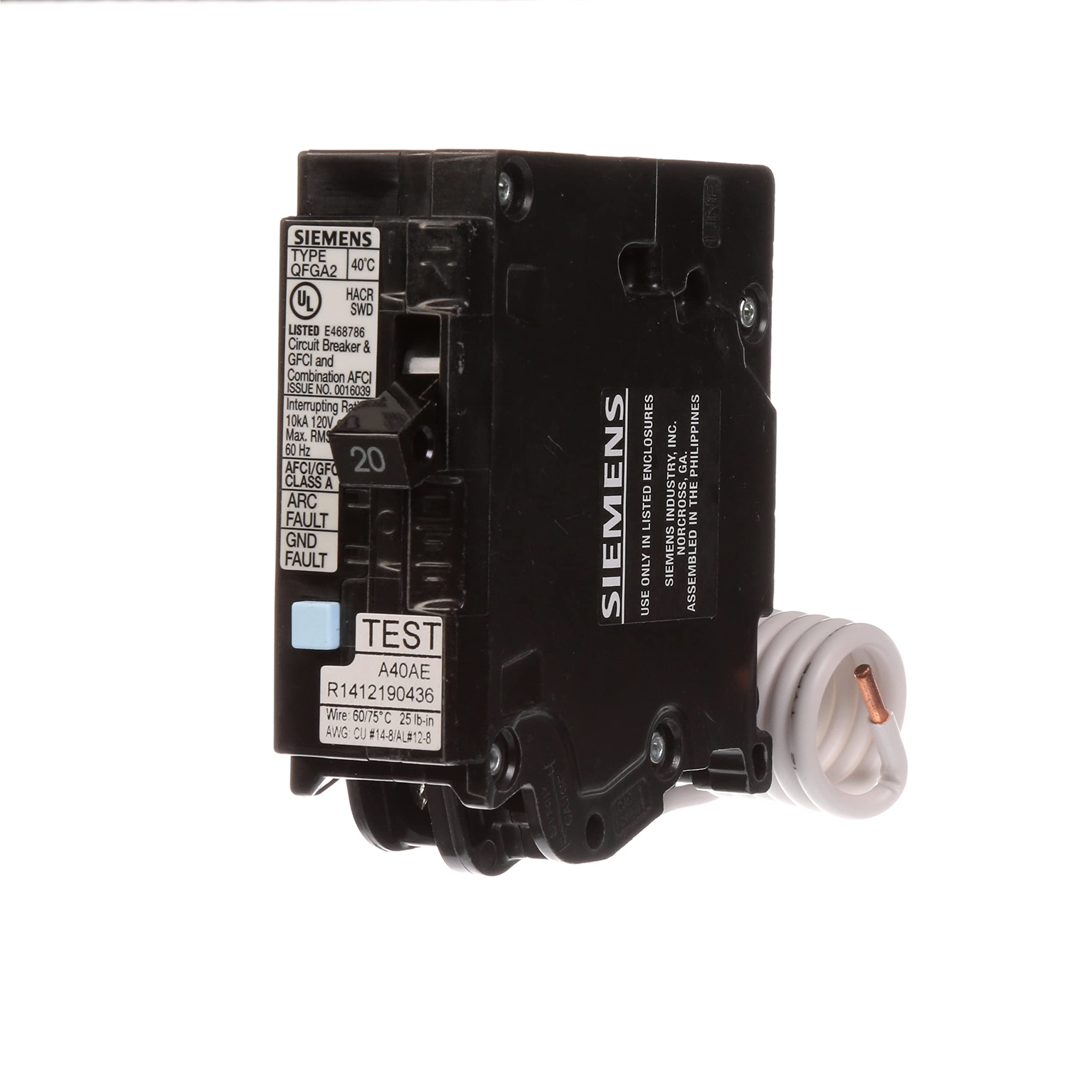
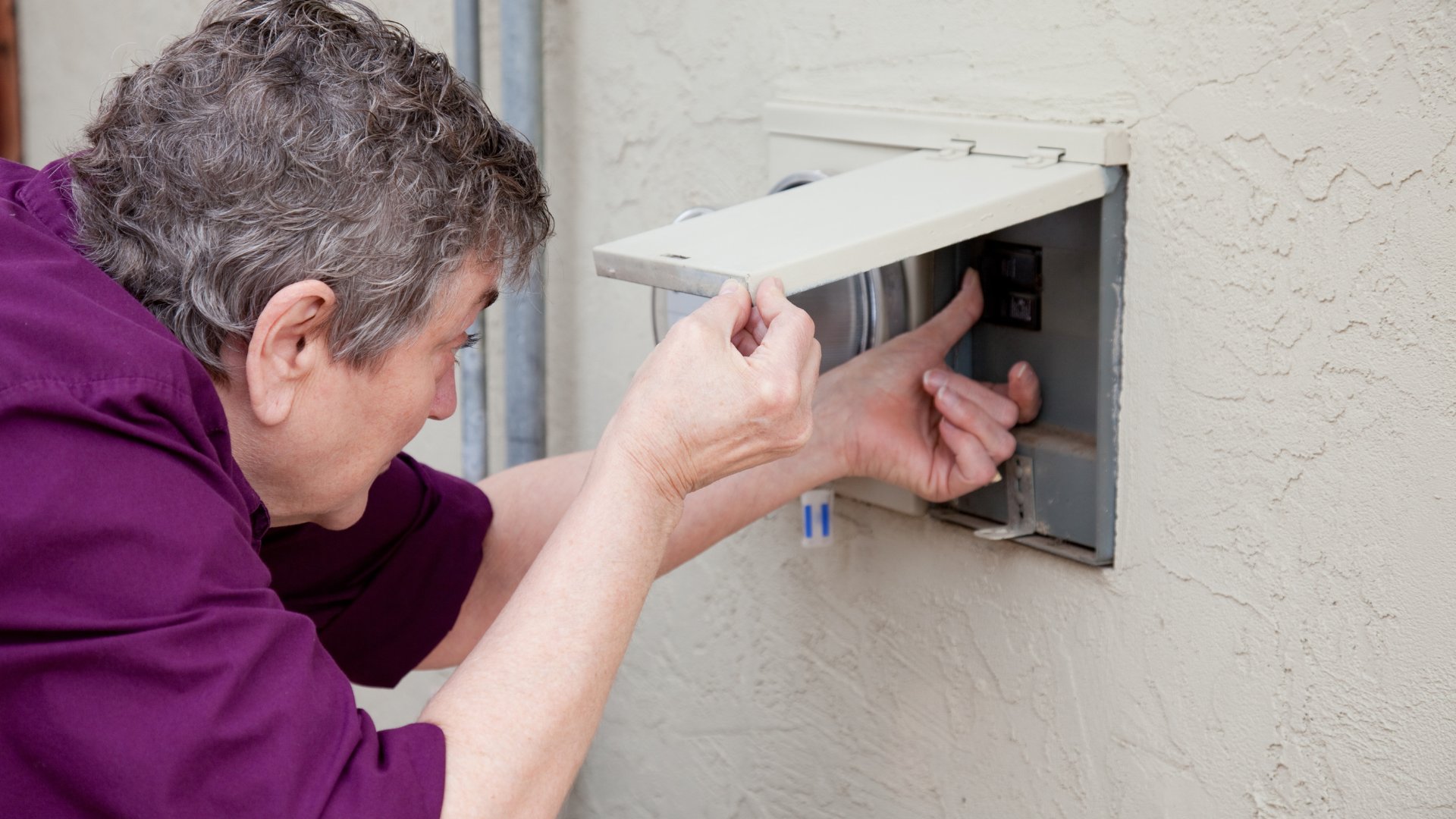

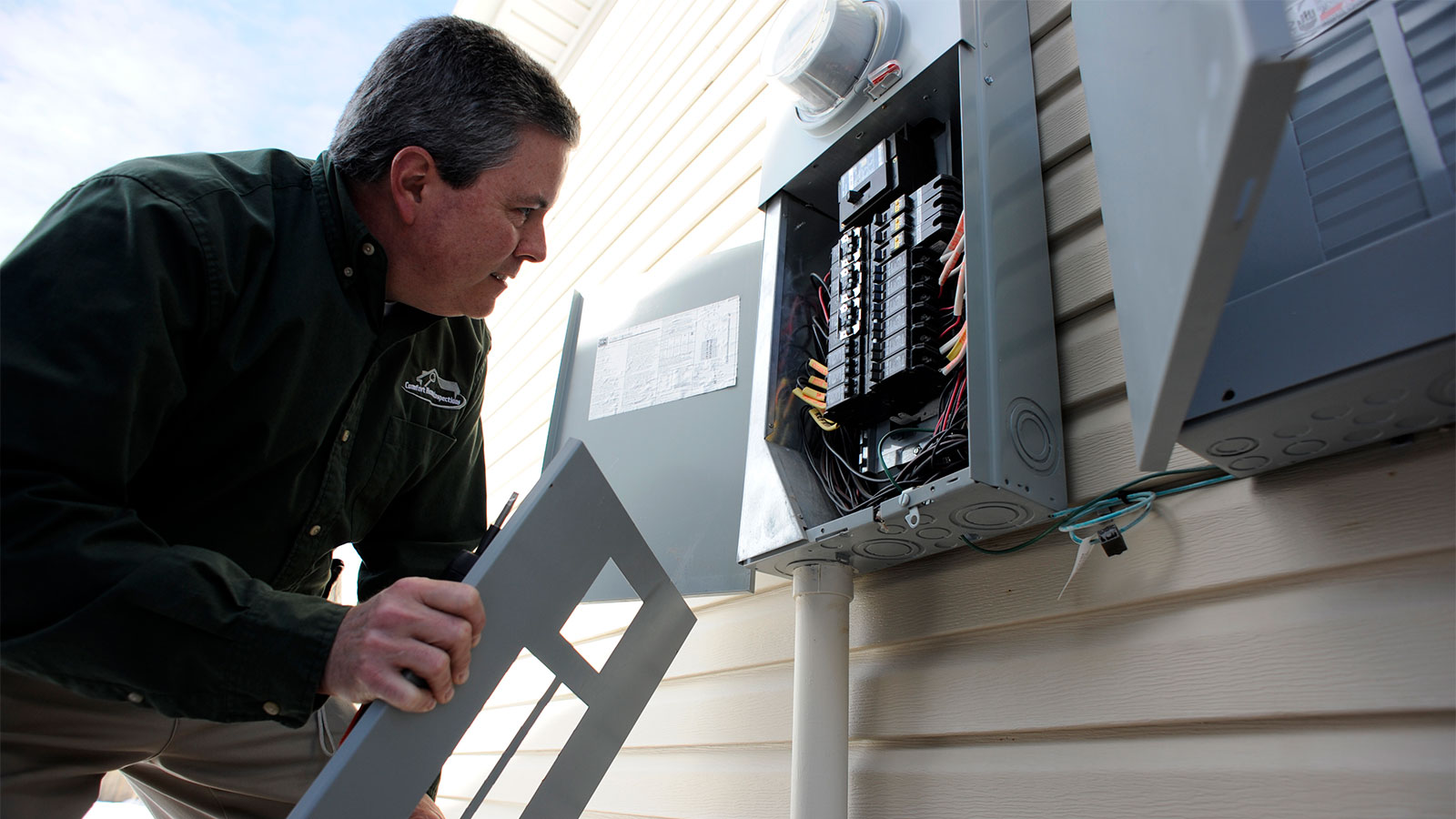
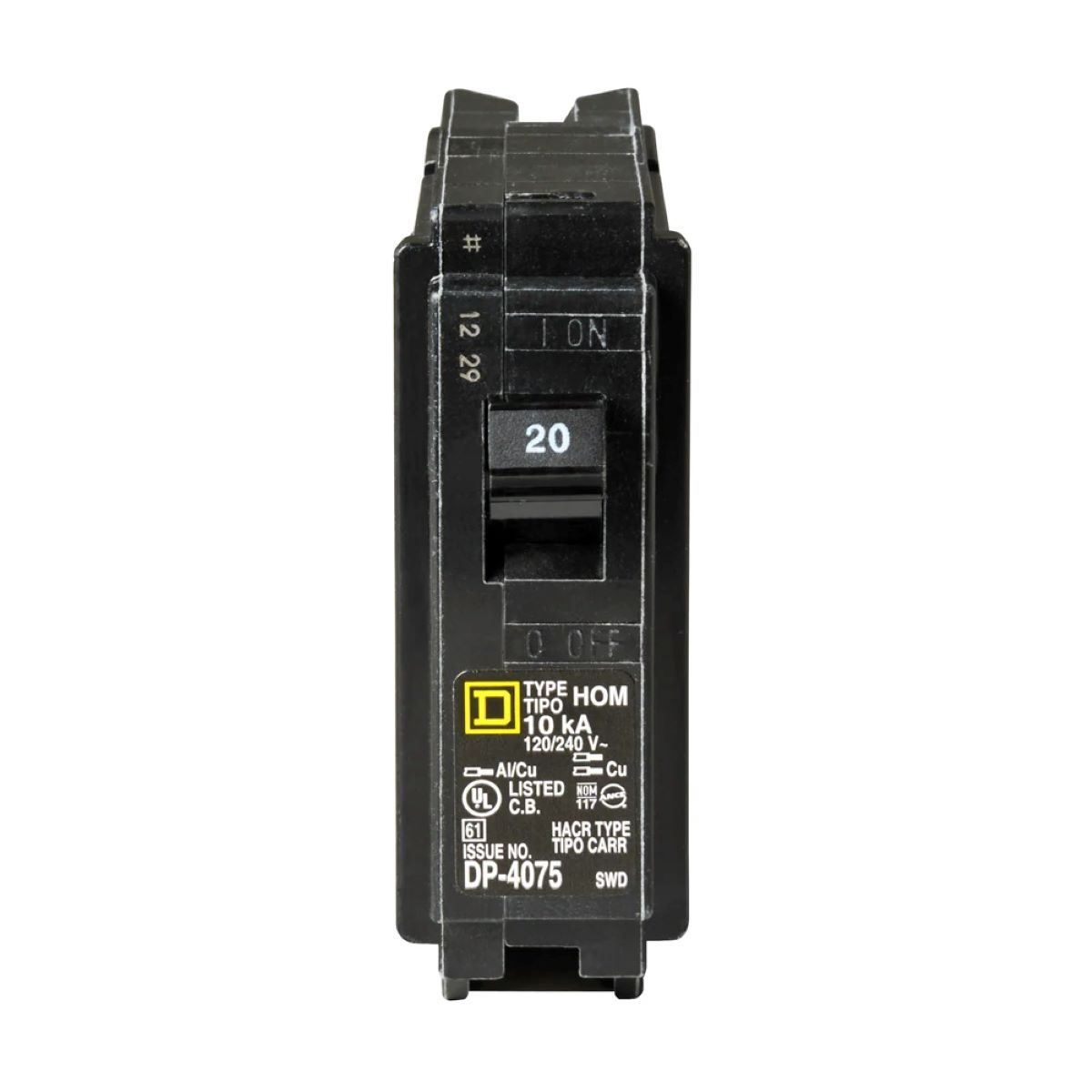

0 thoughts on “Where Are Arc-Fault Breakers Required In 2020”